Science news this week: Interstellar visitors and contagious peeing
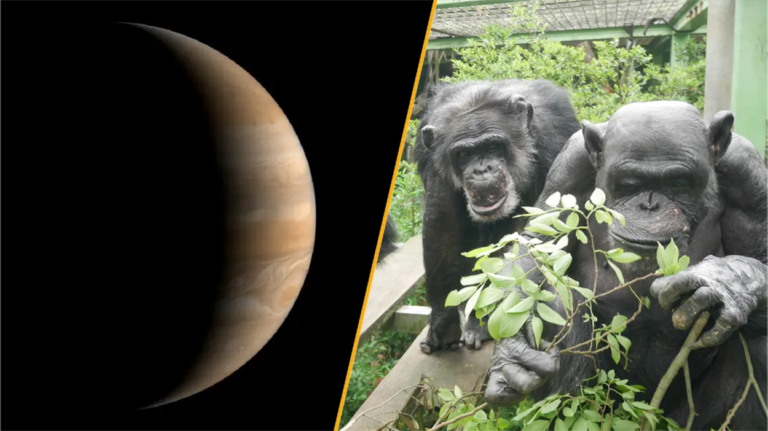
Jan. 25, 2025: Our weekly roundup of the latest science in the news, as well as a few fascinating articles to keep you entertained over the weekend.
Science and Technolgy blog

Jan. 25, 2025: Our weekly roundup of the latest science in the news, as well as a few fascinating articles to keep you entertained over the weekend.
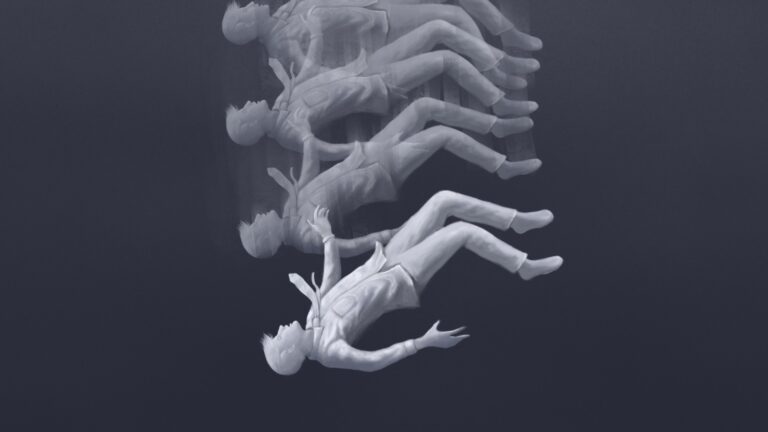
Recurring dreams may feature taking a test the dreamer didn’t study for, having to make a speech or being attacked. Here’s why our sleeping brain comes back to these unpleasant dreams again and again

DeepSeek-R1, a new reasoning model made by Chinese researchers, completes tasks with a comparable proficiency to OpenAI’s o1 at a fraction of the cost.

Astronomers have discovered two strange objects that could be young stars — except they’re completely surrounded by ice.

A study suggests that catching COVID-19 significantly raises the risk of developing ME/CFS (formerly called “chronic fatigue syndrome”), a typically lifelong condition that can be debilitating.
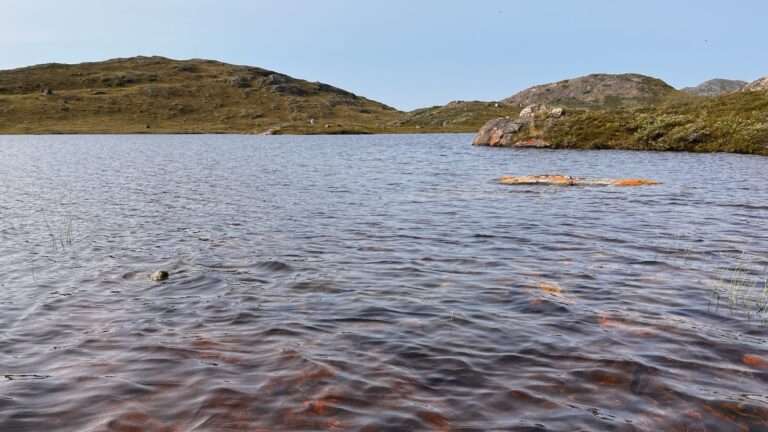
Record heat and rain turned thousands of Greenland lakes brown in 2022 as they hit a tipping point and began emitting carbon dioxide.
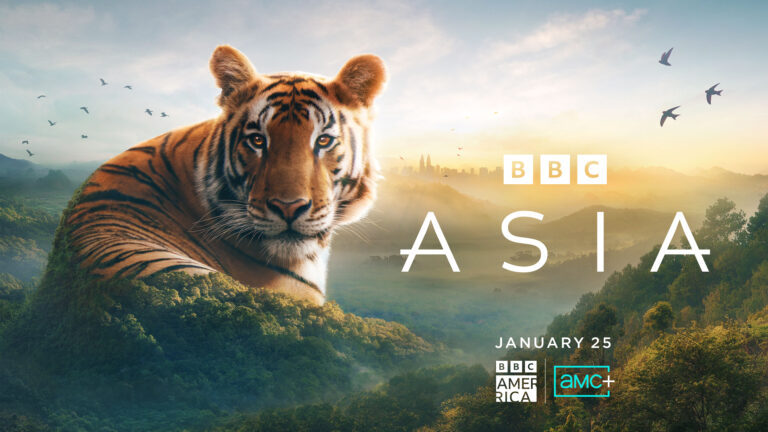
The seven-part series exploring the rich wildlife of Asia is coming to the US – here’s how to watch Asia with David Attenborough online and on TV.
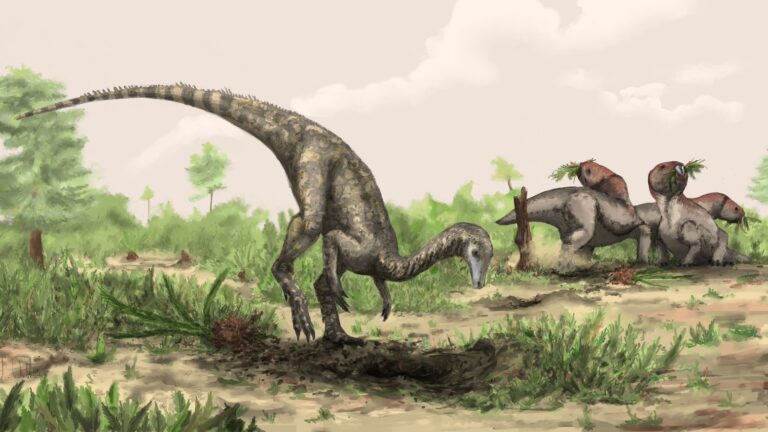
The first dinosaurs may have evolved near the equator, and not in the southwest of the supercontinent Gondwana, as researchers previously assumed due to an abundance of fossils in places like Argentina and Zimbabwe.

A flash of light called the Platypus has hallmarks of a mid-sized black hole shredding a star and a type of burst thought to be a stellar explosion.
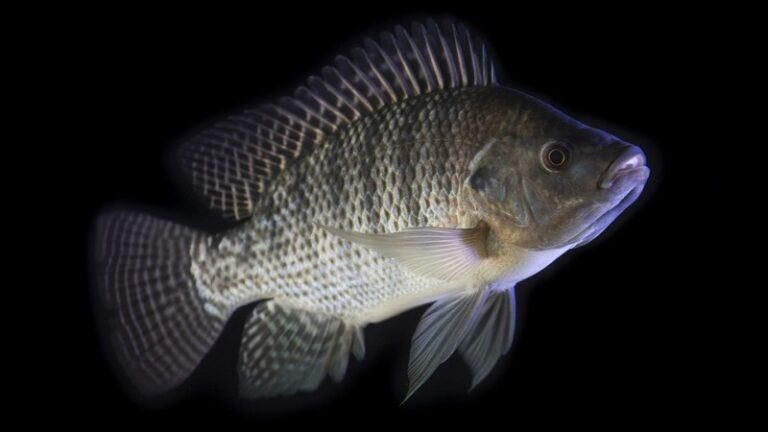
When sick, Nile tilapia seek warmer water. That behavioral fever triggers a specialized immune response, hinting the connection evolved long ago.